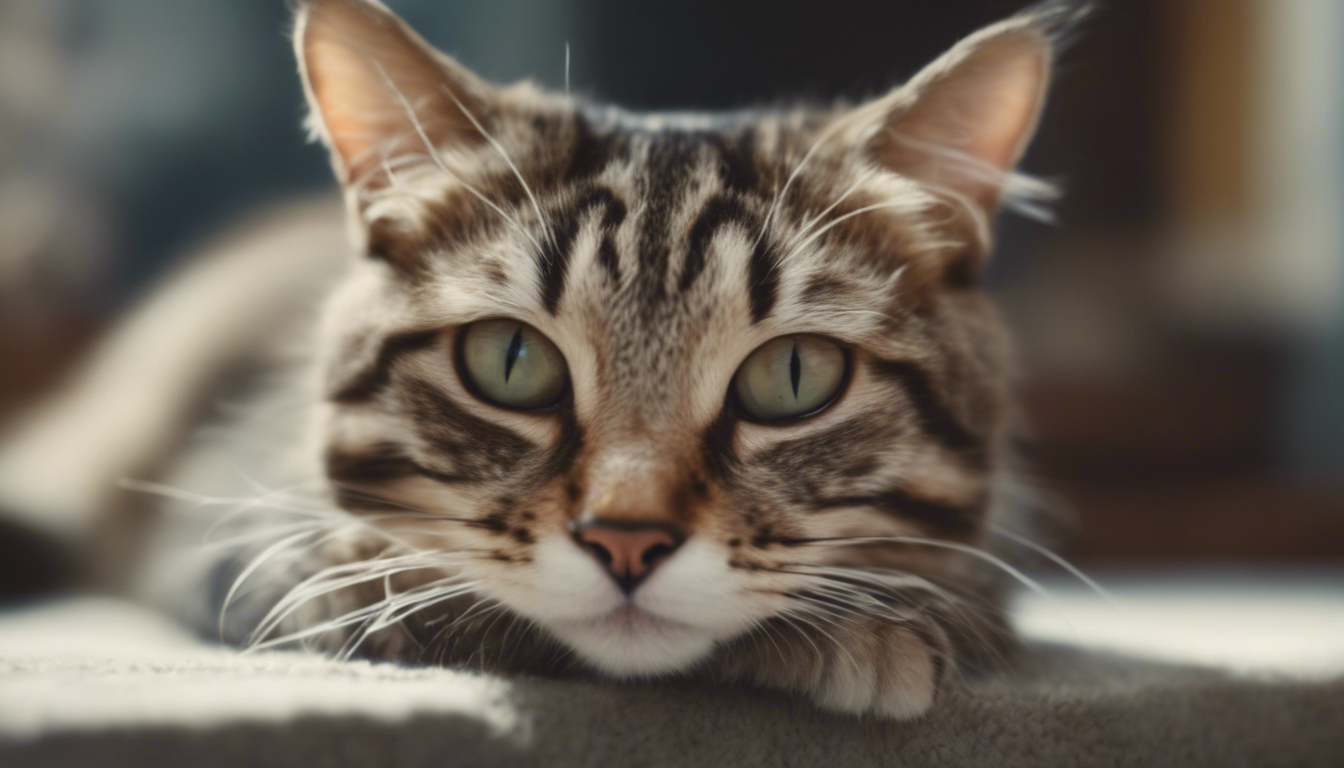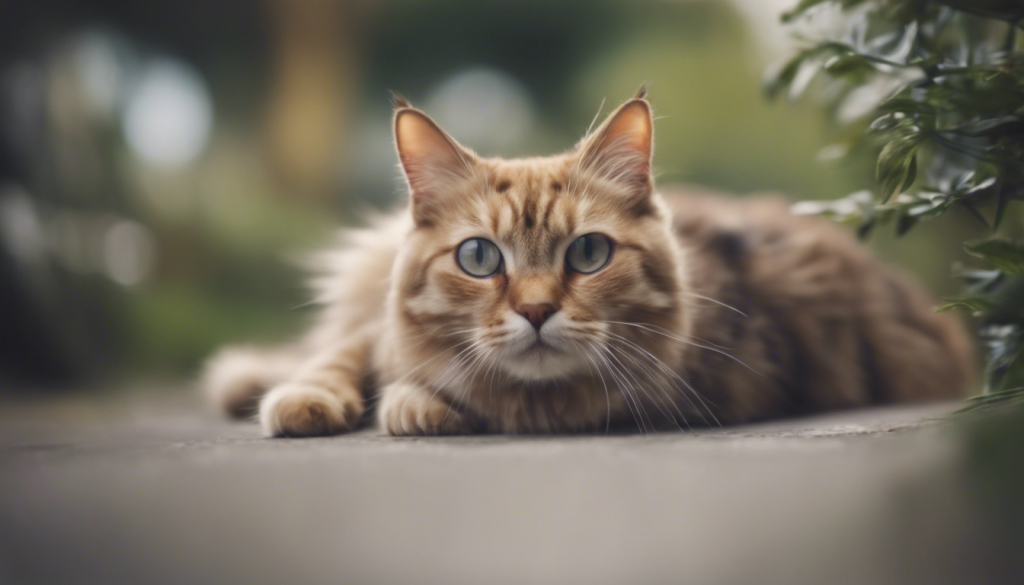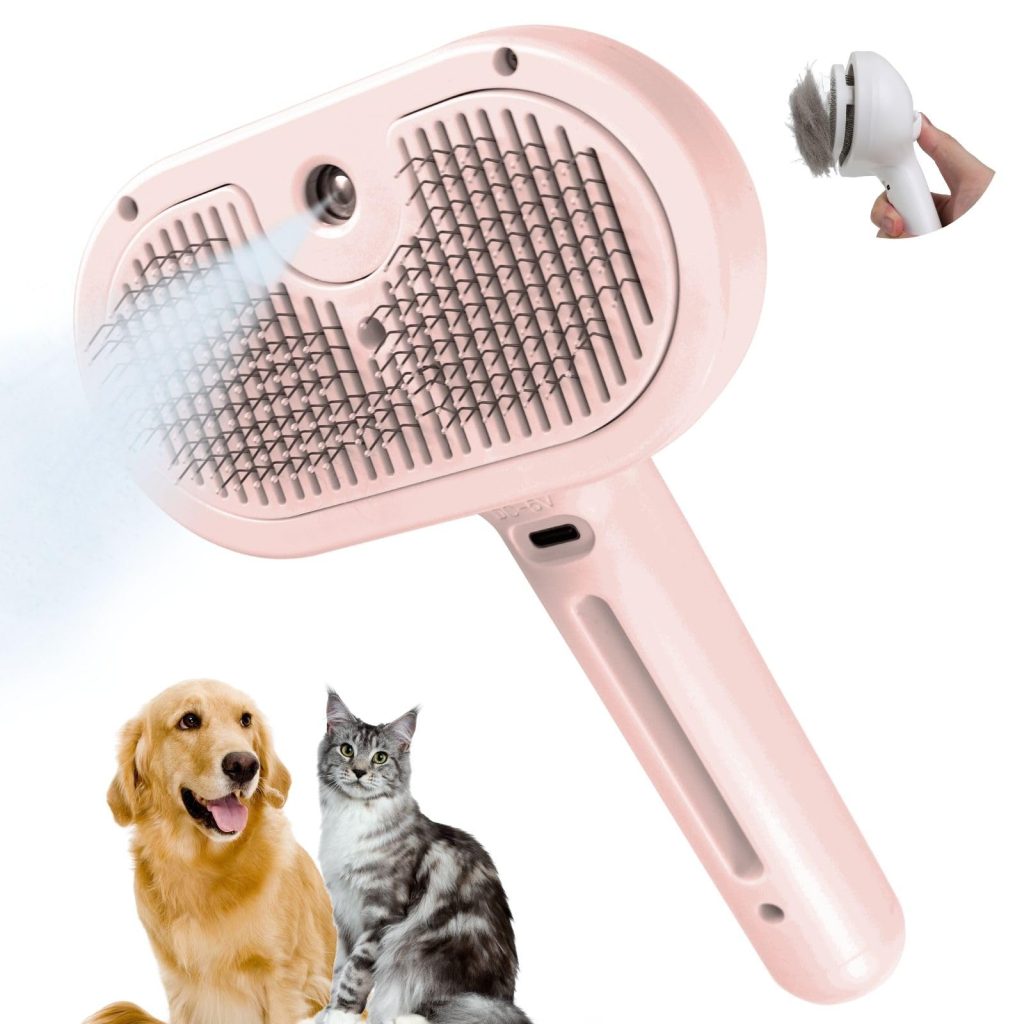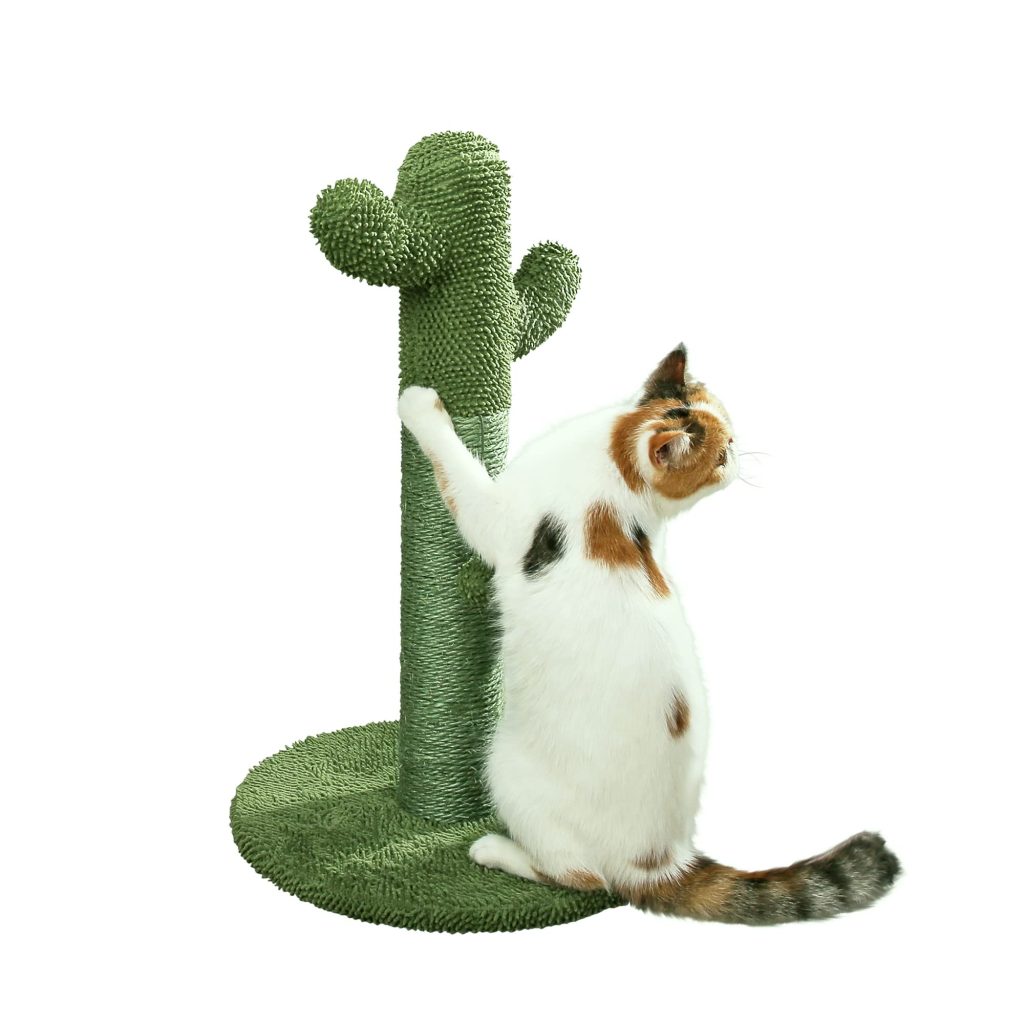
Understanding Feline Social Structures
When we peek into the world of our purring pals, we’re really stepping into a complex society, invisible to the untrained eye. Unlike the clear-cut pecking orders we see in films about wild animal kingdoms, the social structures of feline friends are subtler and far more fascinating. In a clowder of cats, there isn’t a queen or king reigning supreme over their furry subjects. Instead, think of it more like a neighborhood—they know who has the sunniest spot on the fence and who gets first dibs at the food bowl, but there’s no crown or scepter in sight.
Cats, those mysterious and often independent creatures, have a unique way of organizing themselves, especially in a natural outdoor setting or when they’re allowed to roam freely. Territorial rights play a big part in cat communities. It isn’t about bullying or bossing other cats around; it is about respect and understanding each other’s personal space. Cats often use a ‘time-sharing’ system to avoid conflicts; one may claim the garden in the morning, while another gets it in the afternoon.
Indoors, things can get a bit more complex. In the great indoors, your cat’s territory is limited by walls, and this might be when the claws come out, so to speak. When a new cat is introduced or if resources like litter boxes and food dishes are scarce, you might witness some posturing and power plays. In this situation, cats might not be vying for dominance in the way we might think; they’re simply trying to ensure they have access to what they need.
So, when we ponder about cats and their social structures, it’s essential to understand it is less about a struggle for power and more about the group’s harmony and stability. If Mr. Whiskers isn’t lounging in his usual window spot, it doesn’t necessarily mean he is been deposed; maybe he just found a cozier nook for his afternoon nap. Each cat has its preferred perches and patches, and it is all about the delicate dance of territory and personal space. Keeping this in mind helps us read our feline friends’ behavior like an open book and live in harmony.
Dominance Myths Versus Feline Behavior
For those of us who love a good cat tale, it is tempting to see our pets as characters in a furry Game of Thrones, plotting and vying for control of the household. But hold on to your seat—because what we often chalk up to “dominance” is more frequently a game of patience and diplomacy among cats, rather than an attempt to climb a mythical hierarchy. It is time to bust some of those myths and set this record straight about feline behavior.
Let’s tackle one of the biggest misconceptions: the belief that when cats pounce on each other or engage in a tussle, they’re gunning for the role of alpha. In reality, these playful fights are often just that—play. They’re a way for cats to practice their hunting skills, bond with each other, and let off some steam. And while it can look rough to us, those bite-and-bunny-kick sessions usually follow strict rules of conduct, with cats taking turns and rarely injuring each other.
Another tall tale is the idea that cats will always assert dominance over their human companions. Sure, your cat may demand head scratches on their terms or commandeer your favorite armchair, but this isn’t a cunning strategy to take over the household—it’s just typical cat behavior. Cats love routine and comfort, and if that means nudging you out of the way sometimes, it is not personal, it is just business.
Many cat parents have observed the ‘throne-stealing phenomenon’—you get up, and your cat instantly claims your seat. While it’s easy to consider that they’re pulling rank, what they’re really after is the warmth you’ve left behind or perhaps just enjoying the comforting scent of their favorite human.
But what about mealtime manners? Some might say a cat that eats first or pushes others aside is asserting dominance. In truth, food-related aggression can stem from anxiety or past experiences of scarcity rather than a need to be top cat. Cats with such behavior might have learned that food isn’t always plentiful and act out of concern that they won’t get their share.
As cat lovers, it especially important to understand these nuances. When we mislabel our cat’s actions as acts of dominance, we risk responding in ways that don’t address their actual needs. By observing our whiskered companions with a knowledge of their true behaviors, we can create a more trusting environment. Instead of trying to maintain a non-existent hierarchy, we can give them the support and security they crave, ensuring they feel loved and understood—no matter whose turn it is to sit on the throne.
Recognizing Signs of Dominance in Cats
Picture this: Your living room has turned into a cat colosseum! Fluffy is sprawled out on the couch with an air of importance, while poor little Mittens is banished to the far end of the room, eyeing the cozy cushion with envy. Is Fluffy asserting dominance, or is something else going on? To unravel this feline mystery, it’s time to learn the telltale signs that may actually indicate dominance in cats.
First, let’s talk about the kitty who’s always hogging the best napping spots. If a cat consistently displaces others from prime real estate, you might be getting a sneak peek at feline politics in action. This behavior could suggest that the cat feels it has more ‘rights’ to the preferred spots, based on its individual confidence or past interactions in the household.
Next on the list are those ‘hissy fit’ scenarios. Frequent hissing, growling, or swatting, especially without a clear provocational context, may be a way a cat expresses its discomfort with the proximity or actions of others. Cats that are consistently on the giving end of these confrontations might be broadcasting their desire to be left alone or to control a situation.
Ever noticed a cat that’s overly possessive with toys or treats? Cats can be just as territorial with their playthings as they are with their physical territory. A cat that doesn’t like to share or that always seems to snag the best toys might be demonstrating a form of social control.
And then there’s the ever-so-subtle positioning during feeding time. Keep an eye out for a cat that stands over the food while others eat or that might physically block access to food bowls. This behavior is a potential display of control over a vital resource: food. However, remember that this could also stem from anxiety or past experiences, so it is not always about dominance.
But what about body language? A confident and potentially dominant cat often carries itself with an upright, tall posture. Tail high, ears forward, and an unwavering gaze can be signs of a cat that’s feeling top-notch and perhaps seeking to establish or maintain a higher status.
On the flip side, a cat that slinks around with a low body posture, averted gaze, and flattened ears may not feel quite as sure of itself or could be conceding to the will of a more imposing feline roommate.
It’s essential for cat owners to keep in mind that not all displays of confidence are signs of problematic dominance. Cats have unique personalities and behaviors shaped by a lifetime of experiences. Recognizing these signs can help us understand their needs and maintain a peaceful kingdom where purring subjects can live in harmony, without stepping on each other’s (fluffy) toes.
Managing Dominance Issues in Multi-Cat Households
Now that we’re equipped with the wisdom to discern the subtleties of feline social engagement, let’s dive into the nitty-gritty of taming the tussles in a multi-cat household. Nobody wants their home to be the stage for a kitty standoff, so managing these moments means being a bit of a cat whisperer, keeping the peace without ruffling too many whiskers.
For starters, take a gander at the layout of your lair. If it is a battle over bunkers, the fix might be as simple as adding more hidey holes and high perches. Cats adore having their own nooks for napping and vantage points to survey their domain – ponder cat trees, shelves, or even a cardboard box. With more options to choose from, your feline overlords are less likely to engage in territorial tiffs.
Resource distribution is another gem of wisdom. Who’d have thought that placing feeding stations, water bowls, and litter boxes in various locations could quell a coup? If every cat has its feeding zone, there’s less likelihood of a scrap at the supper bowl. Pro tip: Keep these resource spots out of dark corners or tight spaces where a cat might feel trapped or ambushed.
“When your cats are happier, you are happier. It is a simple formula for a feline-friendly home where every cat feels like the king or queen of their personal castle.”
But what about those moments when the fur flies? Well, heed this: punishment is a no-go. Swatting or shouting could turn you into the common enemy, and this is a crown nobody wants. Instead, positive reinforcement is the royal road to reward. When your pussycats play nice, shower them with treats and praise. They’ll soon associate good behavior with good times, and good times mean goodies!
And don’t forget the regal routine! Cats are creatures of habit, and a predictable schedule can reduce stress and prevent power plays before they start. Set times for feeding, play, and cuddles let the kitties know what’s expected and when, making the unknown a little less daunting.
If squabbles persist—fear not! There’s no shame in seeking counsel from the wise: professional behaviorists or vets. Sometimes, a neutral party can spot issues that aren’t apparent to us mere mortals. They can offer strategies tailored to your royal court’s unique needs.
The goal is a harmonious household, where every cat feels secure and valued. It isn’t about establishing a hierarchy but creating an environment of mutual respect and contented co-existence. When managed with a sprinkle of savvy, a multi-cat home can be a joyful jamboree of purrs and playfulness, rather than a feline feud.







